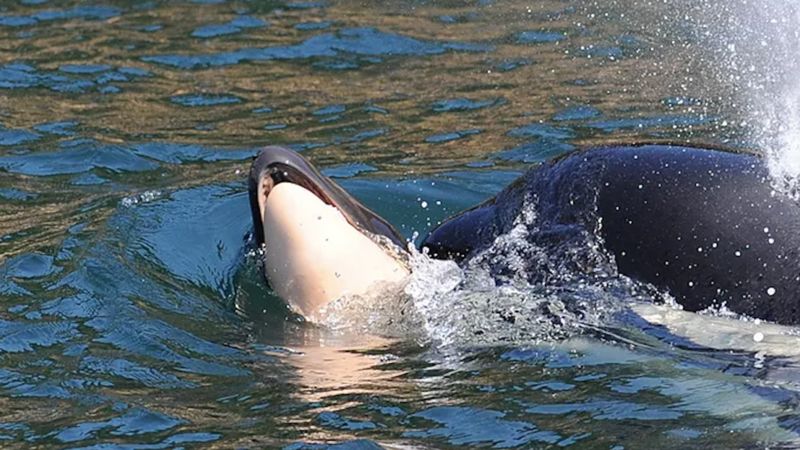In 2018, Tahlequah set a heartbreaking record when she carried her deceased calf for 17 days, traveling through the waters off the coast of British Columbia. This extended period of mourning was unprecedented and drew international attention to the plight of Southern Resident killer whales. Killer whales are known to carry their dead calves for a week or so, but Tahlequah's experience was notably prolonged. The Center for Whale Research, which has been monitoring her and other Southern Resident killer whales, described the death of any calf as a tremendous loss but emphasized that Tahlequah's situation is particularly devastating given her history.
The calf's death marks the second loss for Tahlequah, who has now lost two of her four documented calves, both of which were female. The loss of these calves is a grave concern for the population, which is already critically endangered. Both Canada and the United States have listed Southern Resident killer whales as endangered species, with fewer than 75 individuals remaining in the wild. These whales rely heavily on Chinook salmon for food, and the dramatic decline in salmon populations in recent years has further jeopardized their survival. Research from the University of Washington has linked failures in reproduction to the lack of adequate nutrition and access to these vital food sources.
Southern Resident killer whales typically travel long distances in search of food, covering an average of 120 kilometers (75 miles) per day. However, the decline in the availability of salmon has made it more difficult for these whales to sustain their populations. The latest tragedy for Tahlequah is a stark reminder of the fragile state of these magnificent animals and the urgent need for conservation efforts to protect their habitat and food sources.
As scientists and conservationists continue to monitor the Southern Resident killer whale population, the death of Tahlequah's calf serves as a poignant symbol of the ongoing challenges faced by these whales. The loss of another calf underscores the need for immediate action to address the decline in salmon populations and ensure the survival of this iconic species.


.jpeg)
.jpeg)
Post a Comment